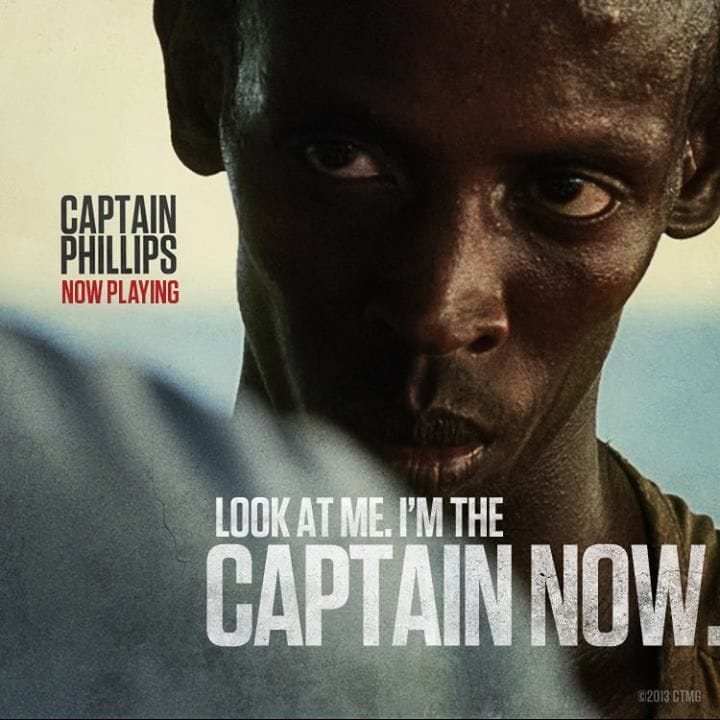The Long View: Tramp Royale
A fascinating look at a lesser-known Heinlein work of non-fiction.
Tramp Royale
by Robert A. Heinlein
The Berkley Publishing Group, 1992
$18.95, 370 pages
ISBN: 0-441-82184-7
So Where Did You Get Your Ideas, Mr. Heinlein?
This book is a travelogue of a tour that Heinlein and his wife Virginia (who provides a short preface) made of the southern hemisphere in 1953-54. It never made it into print during Heinlein’s lifetime because it had no obvious market. After Heinlein died in 1988, his publishers resurrected the unpublished manuscript from a university collection, in the hope that his name on the cover would ensure sales. Still no luck: I found my copy in a remainder bin and I have never seen it reviewed. This is a shame, since the book is as idiosyncratic and entertaining as anything Heinlein ever wrote. Moreover, fans of Heinlein’s fiction will find in his description of southern hemisphere countries many bits and pieces of the detail that went into later stories.
When the Heinleins decided to make this trip, Robert was already a moderately successful writer, though far from the big name that "Stranger in a Strange Land" would make him. (In those years, Heinlein was making the ideological transition from his unsuccessful political career as a Depression Era liberal Democrat to his later incarnation as a libertarian conservative: another book rescued from his trunk is the scrupulously non-partisan manual, "Take Back Your Government," written in 1946 but first published in 1992.) In any case, he traveled as a minor public figure. He had letters of introduction to prominent persons in many places, which meant he usually had a little help navigating viscous local bureaucracies. Newspapers occasionally took the trouble to interview him. This prominence helped. Sometimes.
Heinlein being Heinlein, some of the most interesting parts of the book are those that deal with legalities and red tape. There was the unsuccessful struggle to convince the British consul in Denver, for instance, that you could travel anywhere in the Commonwealth on a visa issued by his office. There was the Australian requirement that tourists file income tax forms before they leave the country. There was the South African requirement that train reservations be made a month in advance, in person, and preferably in Afrikaans. In his description of the perfect malice of the world’s currency regulations, we can perhaps catch a presentiment of the troubles that the protagonist of “An Answer to Job” would have in converting currency between parallel universes.
Andy Warhol once remarked that the point of Pop Art was liking things, and for most of the trip that seems to have been Heinlein’s attitude toward world travel. The description of South America is a prose poem to Latin courtesy and civilization. (Because of Virginia Heinlein’s aversion to flying, they took a tidy passenger cargo ship from New Orleans and through the Panama Canal to Chile, and then went east across the southern cone by train). Heinlein even admired the Argentine dictator Juan Peron’s ability to speak at length with no semantic content. Heinlein declared Uruguay a welfare state that worked. He admired the free-market dynamism of Brazil, which he later transferred to the Portuguese-speaking colony on Venus that would figure in his later stories. By the time the Heinleins left the continent, the book threatened to become tedious for lack of something to criticize.
Fortunately, the next major stop was South Africa. Heinlein was suitably appalled by apartheid. He had the extra incentive that being a monoglot English-speaker already put him on the wrong side of a lot of minor officials. Then there was the fact that Afrikaners had conceived the conviction that the United States was conspiring to depress the price of gold and tended to hold him personally responsible. In any case, the country gave him the opportunity to muse about race relations in the United States. (All of this, one suspects, was part of the inspiration for “Farnham’s Freehold.”) On the plus side, he did meet many people who were friendly and helpful, and he did get to see a lot of the country.
Indonesia was the only country where the Heinleins ever felt threatened, though nothing bad happened to them there. They visited Singapore before it became spic-and-span and high-tech, but liked it anyway for much the same reasons they had liked Brazil. (The lunar colonies in “The Moon Is a Harsh Mistress” seems to owe a lot to Singapore, Chinese merchant class and all.) Though the whole book keeps up a running commentary on the current state of the Cold War, it is only in connection with Southeast Asia that Heinlein waxes eloquent about the Red Menace. On the passenger cargo ship to Australia (not the same one that took them to Chile, of course), the Heinleins meet the sort of shady people who usually get introduced at the beginning of an adventure story: mercenaries and businessfolk whose business does not bear close examination. Still, none of them does anything adventurous where Heinlein can see them. Annapolis graduate and former Navy officer that he is, he confines himself to tisking over the squalid maintenance of the ship.
Heinlein liked what he saw of Australia, but scheduling problems made it impossible for them to see much outside Sydney. He devoted a great deal of space describing the unusual liquor laws, which required, in effect, that if you wanted to run a bar, you had to run a hotel to attach it to. This resulted in a large number of small, bad hotels, for which even the locals were apologetic. He provides a rare piece of architectural psychology. Walking through an Australian residential neighborhood gave him an odd sense of deja vu, which it took him a while to explain. Finally he realized what it was: the buildings looked like those in the American Midwest around 1910, when he was a boy.
This trip and later visits obviously contributed to Heinlein’s novels, notably the idea of space colonies originally settled by transported prisoners. It was not so much that people were anxious to discuss things like this when Heinlein met them. If they did, he does not record the encounters. One gathers that one of the attractions of the trip for him was that it provided the occasion to do relevant reading. Additionally, the Heinleins bought books wherever they went, sending them back to Colorado in a steady stream of brown paper parcels.
So much for liking things. This brings us to the last place on the Heinleins’ itinerary.
Apparently, the pit of misery, the region without hope, the most god-awful place in the whole southern hemisphere circa 1954, was New Zealand. The chapter dealing with this unhappy visit is called “The Dreary Utopia,” and its dreariness was of varied kinds. This is the only piece of travel literature I can recall in which the writer truly, deeply hated a Post Office system. The problem was not that Heinlein was a free-market ideologue hostile to New Zealand’s welfare state and tightly-controlled economy. Uruguay had a lot in common with New Zealand politically and economically in those days, but Uruguay also had restaurants that served non-poisonous food, and not everybody there shortchanged visitors all the time. Such were the petty vexations of the country that Heinlein spluttered even at the famous narrow-gauge railways, which in a better mood he would have liked. No doubt part of this antipathy was due simply to the fact the tourist industry was not yet well-developed, but for once the Heinleins forbore to seek private hospitality. They did have a letter of introduction, to a former prime minister no less. Heinlein would not use it, however, because it would have been so difficult to stop himself from telling his host how much he hated his country and everything in it.
Heinlein does record one good thing about the visit: a nice young woman at a zoo showed him and Virginia a kiwi. This was just before the Heinleins left for the airport. Virginia had dropped her objection to air travel in order to leave the country with the greatest expedition. They flew to Hawaii and then home, leaving the rest of the northern hemisphere for another day.
This could be a valuable book for social historians. Heinlein loves to give the prices for things. He tells about products that have just been invented, such as permanent press clothes, and mentions the everyday things they replace. His apocalyptic understanding of the Cold War has become sufficiently alien half-a-century later that it takes a certain anthropological sympathy to grasp it. Still, the chief reason for reading the book is that you get to hear Robert Heinlein speaking in his own person. He makes the world he lived in almost as interesting as the ones he later made up.
Copyright © 1997 by John J. Reilly

Tramp Royale By Robert A. Heinlein



Comments ()